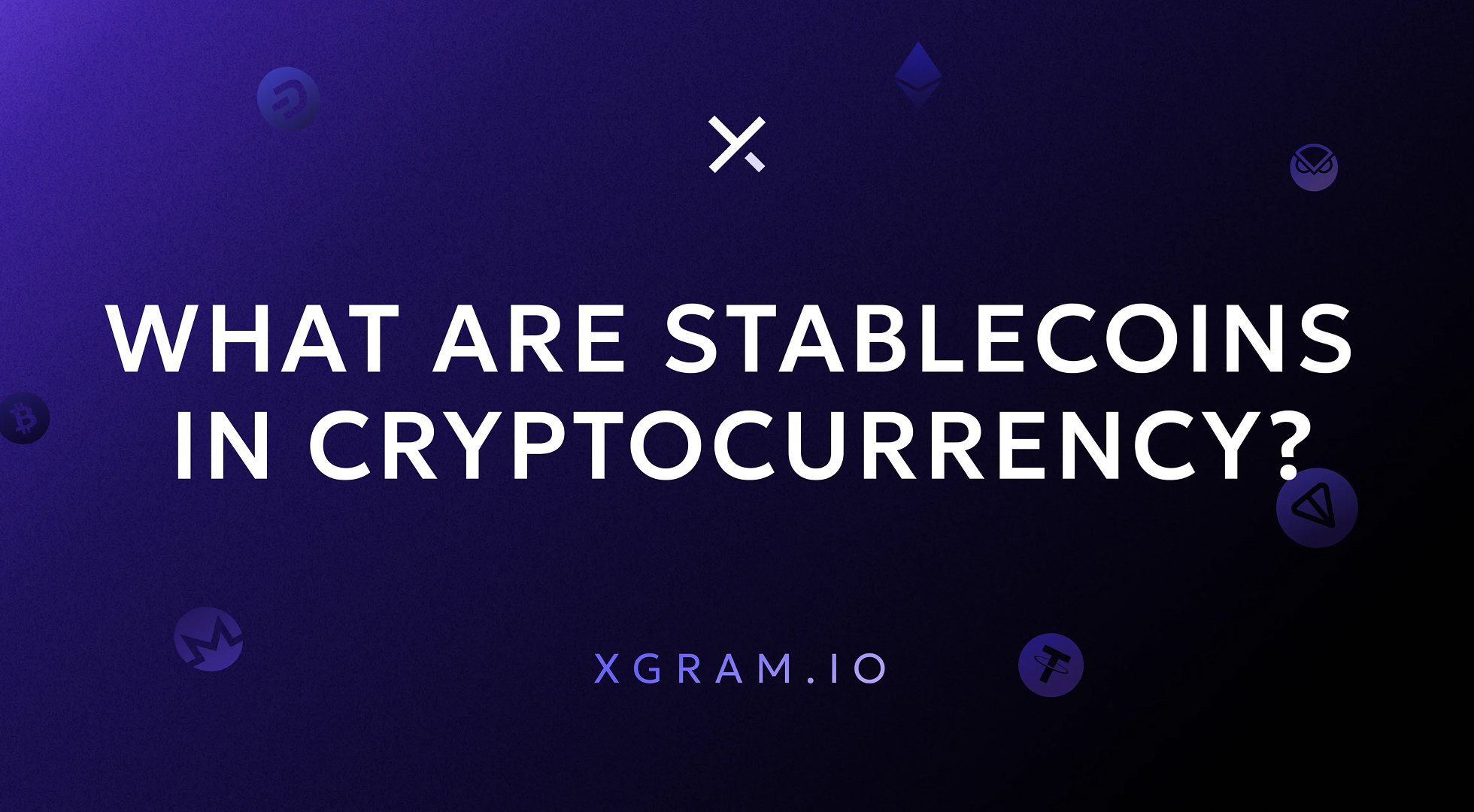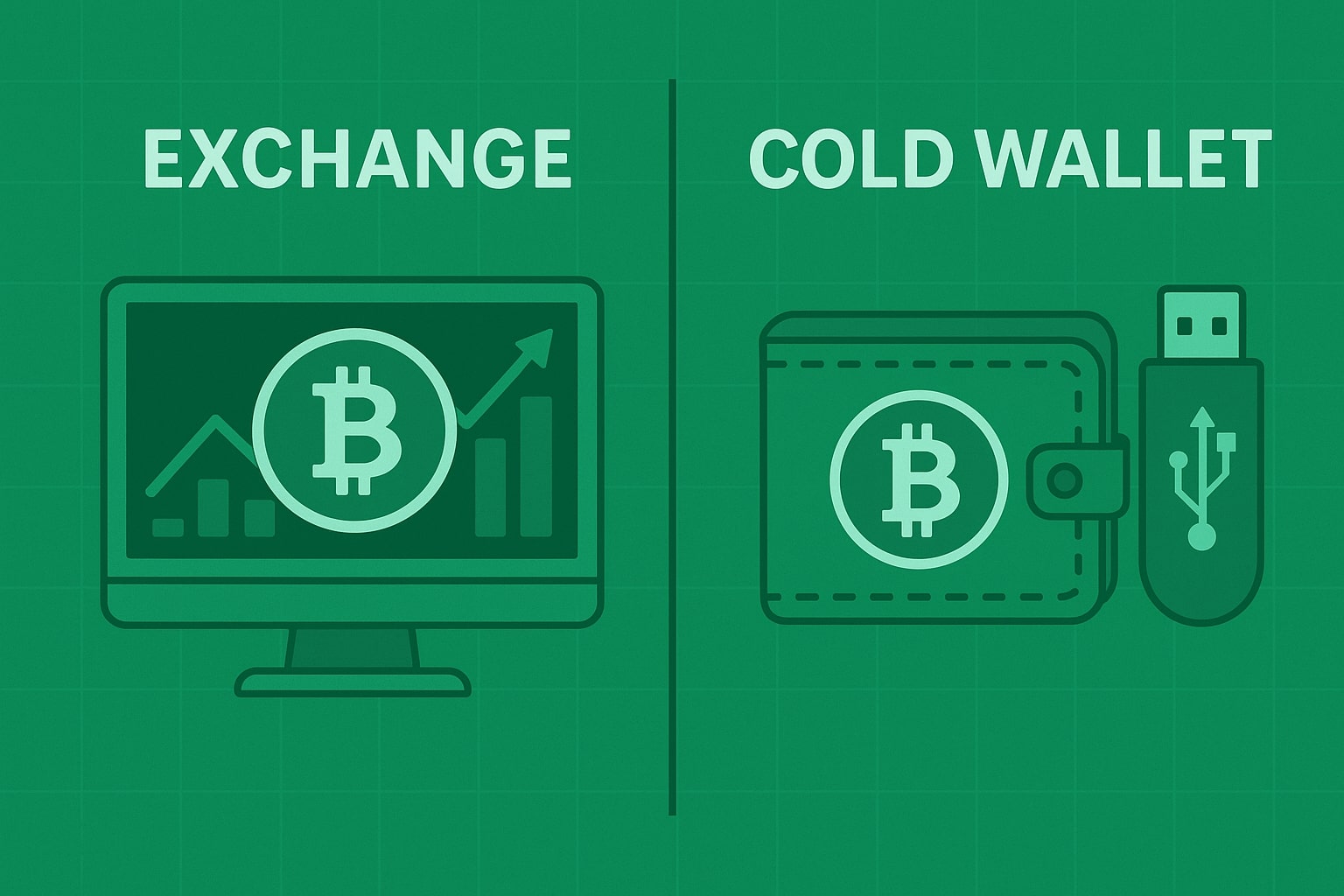What Are Stablecoins?
Stablecoins are cryptocurrencies that are pegged to real-world assets, such as the US dollar, euro, or even gold. This is done to ensure that their value remains stable, unlike Bitcoin or Ethereum, which can rise or fall by tens of percent in a single day.
Simply put, 1 USDT (one of the most popular stablecoins) is always approximately equal to 1 US dollar. This makes it convenient if you want to store your money in crypto without worrying about constant price fluctuations. In any case, a coin can always be exchanged for stablecoins at any time.
Why Are Stablecoins Needed?
Here are a few reasons why stablecoins have become so popular:
1. Protection from volatility. The crypto market can be extremely unstable, but stablecoins help preserve money in digital form without sudden price swings.
2. Fast and cheap transfers. International transactions with stablecoins are faster and cheaper compared to traditional banks.
3. Trading on exchanges. Many traders keep their funds in stablecoins to quickly react to market changes.
4. Payments and settlements. In some countries, stablecoins are already used for purchases and service payments.
Types of Stablecoins
There are different types of stablecoins, depending on how they maintain their price stability:
1. Fiat-Backed Stablecoins
This is the simplest and most understandable type. These stablecoins are backed by real money, which is stored in the accounts of issuing companies. For example, Tether (USDT) and USD Coin (USDC) are backed by US dollars held in bank accounts, ensuring a 1:1 ratio.
2. Crypto-Backed Stablecoins
Instead of being backed by fiat currencies, these stablecoins are secured by other cryptocurrencies, such as Ethereum (ETH). To maintain stability, these projects use complex mechanisms, but they can still be riskier compared to fiat-backed stablecoins.
3. Algorithmic Stablecoins
These stablecoins do not have direct collateral. Instead, they use algorithms that automatically regulate the supply of tokens to maintain their price. This is the most complex model, and some projects have failed due to miscalculations in their economic models.
Pros and Cons of Stablecoins
Pros:
Price Stability (compared to regular cryptocurrencies).
Ease of Use for transactions and payments.
Fast and Low-Cost Transactions.
Cons:
Trust in the Issuer. Users must trust that the issuer actually holds the reserves to back the stablecoin.
Regulatory Risks. Governments may impose restrictions on their use.
Liquidity Issues. Some stablecoins have faced problems with liquidity and lost their peg to the asset.
How to Buy or Sell Stablecoins?
The easiest way to exchange tokens is through an exchange or a crypto swap platform like . With Xgram, you can quickly convert your cryptocurrency into stablecoins without complicated registration. You can exchange on the or directly through the Telegram app. Many users already appreciate the accessibility and security of the platform.
Conclusion
Stablecoins are a convenient tool for those who want to use crypto without the risk of extreme price fluctuations. They are ideal for trading, international transactions, and even storing funds. However, before using them, it’s important to understand how they work and to choose only reliable projects.




